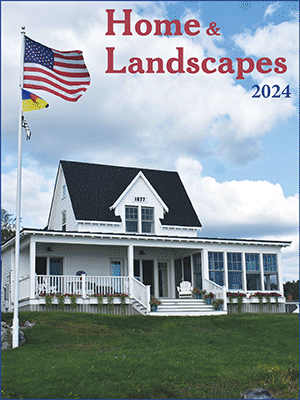Michiel Does It Again
To most birders in the U.S., a roseate tern is a special bird that takes some effort to see. They can be seen regularly in only a few places where they nest in the United States. Roseate terns have an unusual global distribution breeding on islands around Australia, Southeast Asia, parts of coastal Africa, parts of coastal Europe, the Caribbean, and coastal parts of the Canadian Maritimes. Here in the U.S., along with some that nest way down south in the Florida Keys, they nest on a few islands off Long Island, New York, islands off the shores of Connecticut and Massachusetts shore, and on a few islands along the Maine coast.
We are always thrilled when we see the roseate terns nest on Eastern Egg Rock from the Hardy Boat Puffin Watch as they fly around over the island. Sometimes we see them foraging with common terns over in Pemaquid Harbor.
They’re not seen often in migration because they migrate well-offshore, and presumably because they migrate pretty quickly.
While new technologies have been advancing our understanding of migration, including of roseate tern migratory behavior, there is still much to be learned from the old-fashioned methodology of bird banding.
Our friend Michiel Oversteegen, a bird guide and gifted photographer from Aruba, has been looking for and photographing banded birds on Aruba for years. He found a banded roseate tern a few years ago on Aruba that turned out to have been banded as a chick here in Maine. We wrote about that special discovery in 2020.
As we wrote then, roseate terns nest in small numbers on Aruba (just off the coast of Venezuela) and in scattered places across the Caribbean. The origins of roseate terns that are seen there in the fall had historically been mysterious. Michiel first photographed a banded roseate tern on Aruba in 2014. That bird that had been banded in New York. He found another in 2019 that had been banded in Massachusetts and then he found the Maine bird in 2020.
This year is different. Michiel has already found ten banded roseate terns on Aruba in September. Five of those were banded in New York, one in Connecticut, one in Massachusetts, one in New Hampshire, and two right here in Maine! Our friend and puffin hero Steve Kress shared the news with us that one of those roseate terns had been banded on Jenny Island, near the Harpswell Peninsula, in 2014.
Other research has found that most of the roseate terns that nest in New England eventually travel south to the coast of Brazil for the winter. Do these birds regularly drift westward to the vicinity of Aruba on their migratory journey south? Or do they only occasionally end up there as a result of hurricanes or other weather variables?
Either way, the marine areas around Aruba and other places in the Caribbean and along the coasts of northern South America are important foraging and resting places for lots of birds. Now we know that some of those birds are coming from right here in Maine (and other places in New England). Keeping the coasts healthy here in Maine and in the Caribbean and South America is the only way we can ensure that roseate terns will be around for our kids and grandkids.
We are so grateful that Michiel is not only good at finding these banded birds but that he shares his findings. Thanks, Michiel!
Jeffrey V. Wells, Ph.D., is a Fellow of the Cornell Lab of Ornithology and Vice President of Boreal Conservation for National Audubon. Dr. Wells is one of the nation's leading bird experts and conservation biologists. He is a coauthor of the seminal “Birds of Maine” book and author of the “Birder’s Conservation Handbook.” His grandfather, the late John Chase, was a columnist for the Boothbay Register for many years. Allison Childs Wells, formerly of the Cornell Lab of Ornithology, is a senior director at the Natural Resources Council of Maine, a nonprofit membership organization working statewide to protect the nature of Maine. Both are widely published natural history writers and are the authors of the popular books, “Maine’s Favorite Birds” (Tilbury House) and “Birds of Aruba, Bonaire, and Curaçao: A Site and Field Guide,” (Cornell University Press).




























